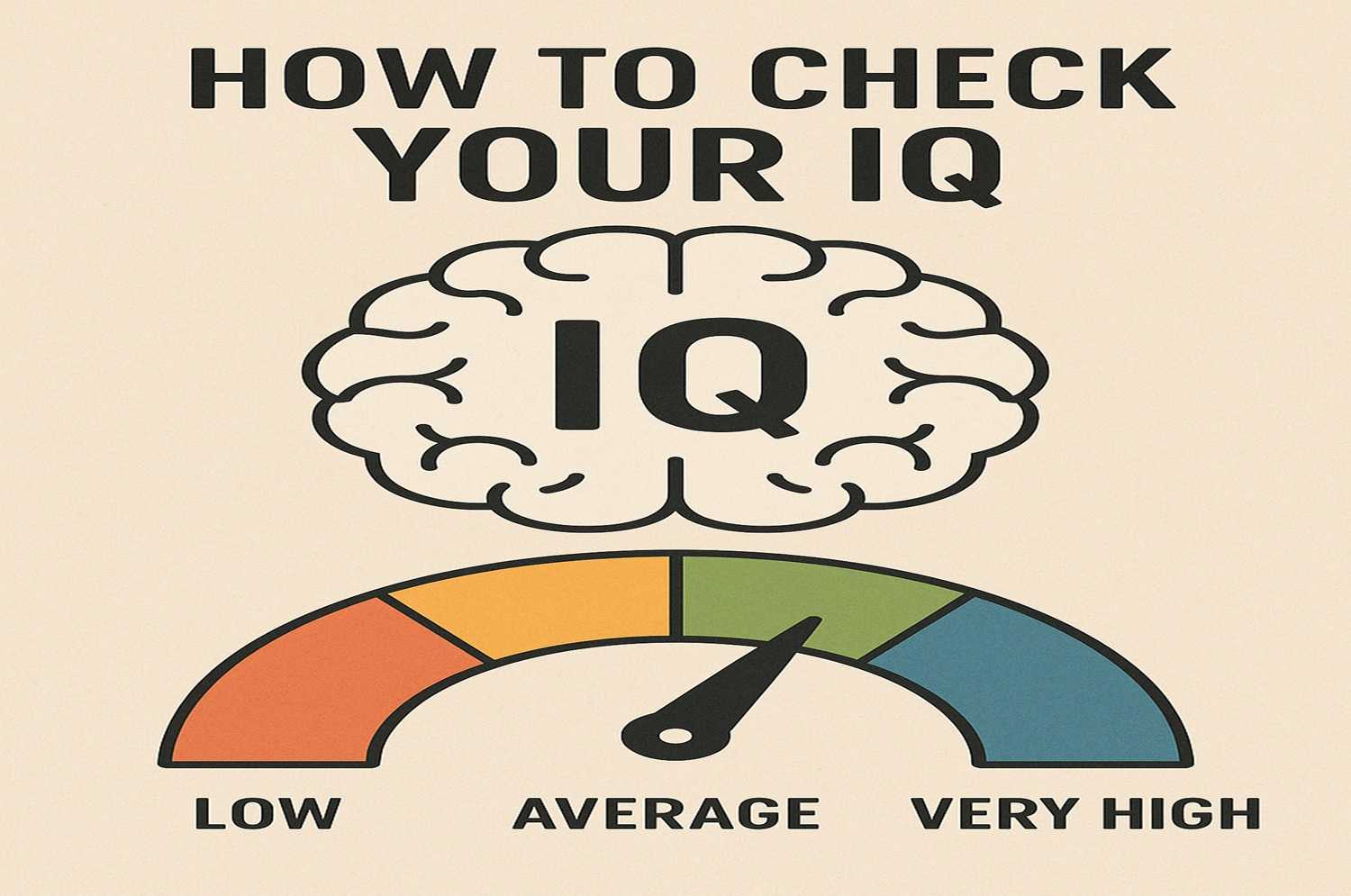We all hold our relationships close to our hearts, especially the romantic ones. As humans, we’re naturally wired to connect with others, which helps us build that special closeness and intimacy with our partners. The true strength of any long-term relationship really depends on the emotional bond we share with one another.
When we think about our ideal romantic relationship, it often resembles a deep, secure, and lasting bond—a partnership with someone who truly has our back. We long for a connection where we can be our authentic selves, grow individually, and still feel that we can depend on each other and adapt as needed.
A key part of developing this kind of relationship is understanding the distinction between interdependence and codependence.
Table of Contents
ToggleWhat Does a Healthy Relationship Really Look Like?
Are you feeling a bit too reliant—or maybe a little too detached—in your relationships? Whether it’s with a partner or a friend, mastering the art of interdependence can really help you build deeper, more satisfying connections. In this easy-to-follow guide, you’ll learn how to find that sweet spot between being close and maintaining your independence—without losing sight of who you are.
What is an Interdependence Relationship?
An interdependence relationship is a wonderful partnership where both people keep their individuality while also building a strong emotional bond. Unlike codependent relationships, where one person might lean too much on the other, interdependence is all about finding that perfect balance. Each partner lifts the other up, but neither loses their sense of self or independence in the process.
In an interdependent relationship, both partners:
- Communicate openly
- Respect each other’s boundaries
- Take personal responsibility for their emotions
- Celebrate individual goals as much as shared ones
A relationship like this thrives on mutual trust, emotional safety, and equal effort from both sides, allowing each person to grow together while still being true to themselves.
In a relationship, one partner might chase a demanding career while the other provides support, all the while recognizing that their own aspirations, needs, and opinions are just as important. It’s not a matter of “you vs. me,” but rather “you and me—together, as a whole.”
Interdependence vs. Codependence vs. Independence
What Is Independence?
Independence is all about being emotionally self-sufficient. It means tapping into your own inner resources—your thoughts, feelings, and choices—without constantly seeking validation or support from others.
Traits of Independent People:
- Comfortable being alone
- Make decisions confidently
- Strong personal boundaries
- Prioritize self-care and self-growth
Pros: Encourages autonomy, self-esteem, and resilience.
Cons: If taken to an extreme, it may lead to emotional isolation or difficulty forming deep connections.
What Is Codependence?
Codependence refers to an unhealthy emotional dependence on someone else. In this dynamic, one partner often gives too much while the other takes too much, leading to an imbalance that’s tough to change.
Signs of Codependence:
- You feel responsible for others’ emotions
- You struggle to say “no”
- You lose your identity in relationships
- You fear abandonment or rejection
Root Causes: Often stems from childhood trauma, low self-worth, or past emotional neglect.
Why It’s Unhealthy: Codependence leads to emotional burnout, resentment, and a loss of personal identity.
What Is Interdependence?
Interdependence is the sweet spot—where both partners are emotionally secure, self-aware, and capable of leaning on each other without losing themselves. It’s the foundation of a healthy, fulfilling relationship.
Characteristics of Interdependent Relationships:
- Mutual support without control
- Shared vulnerability with strong boundaries
- Healthy communication and emotional safety
- Space to grow individually and together
Benefits:
- Promotes trust and intimacy
- Encourages personal growth
- Builds resilience in the relationship
Interdependence isn’t about needing someone. It’s about choosing to connect while still maintaining your independence.
Key Differences at a Glance:
| Concept | Self-Sufficiency | Emotional Dependency | Boundaries | Connection Style |
|---|---|---|---|---|
| Independence | High | Low | Strong | Distant or Self-Focused |
| Codependence | Low | High | Weak | Enmeshed or Controlling |
| Interdependence | Balanced | Mutual & Healthy | Strong | Secure and Collaborative |
How to Move from Codependence to Interdependence
- Build Self-Awareness
- Journal your feelings
- Identify emotional triggers
- Strengthen Boundaries
- Learn to say no without guilt
- Practice self-respect
- Develop Emotional Regulation
- Use mindfulness or therapy
- Don’t rely on others to “fix” your feelings
- Nurture Mutual Support
- Communicate needs clearly
- Listen with empathy, not judgment
Why Interdependence Matters in a Relationship
In healthy, lasting relationships, finding that balance between independence and dependence is key. It’s that sweet spot where both partners can be their true selves while cherishing their bond. Love doesn’t mean losing who you are; instead, it’s about growing stronger together with someone special by your side.
Relying too much on someone can make you feel clingy and insecure, while being overly independent might lead to emotional distance and loneliness. The sweet spot is interdependence—it lets both partners lean on each other while still being their own individuals. That’s why finding that balance is so important.
Here’s why interdependence is essential in a relationship:
1. Emotional Safety and Trust
When both partners are in tune with each other’s emotions while still staying true to themselves, trust really begins to grow. This interdependence creates a safe emotional environment where you can feel heard, seen, and accepted—without having to compromise your own identity.
2. Better Communication and Conflict Resolution
Interdependent partners aren’t afraid of disagreements. They recognize that conflict is a normal part of any relationship and view it as an opportunity for growth. Since they don’t rely solely on each other for validation, they can communicate openly, listen actively, and navigate issues with empathy.
3. Support Without Control
Interdependence is all about supporting one another without trying to control or “fix” each other. It’s about being there for each other during tough times, knowing that your partner values your independence and actively supports your personal growth.
4. Personal Growth and Shared Growth
In a truly interdependent relationship, both people grow together while also nurturing their individual journeys. You support one another, chase your dreams, and celebrate each other’s successes without feeling insecure or left out. This kind of connection helps the relationship thrive and adapt over time.
5. Stronger Emotional Intimacy
When two people hold onto their individuality while also nurturing their relationship, emotional intimacy really starts to flourish. It creates a space for vulnerability, authenticity, and genuine connection—free from the worries of becoming too enmeshed or feeling emotionally stifled.
“The whole idea of compassion is based on a keen awareness of the interdependence of all these living beings, which are all part of one another, and all involved in one another.”
7 Ways to Build a Relationship Based on Interdependence
1. Know Yourself First
To foster a relationship built on interdependence, being self-aware is absolutely essential. Take the time to understand your own needs, values, emotional triggers, and boundaries. The more you know about yourself, the easier it becomes to communicate and connect with your partner without letting your insecurities get in the way.
2. Practice Open and Honest Communication
Interdependent relationships really flourish when there’s transparency. It’s important to express your thoughts, feelings, and needs openly—without worrying about being judged or rejected. And just as crucial is to listen actively and without getting defensive when your partner shares their perspective.
3. Set and Respect Healthy Boundaries
Boundaries aren’t just walls; they’re actually pathways to deeper connections. When both partners respect each other’s space, time, values, and emotional needs, that’s when trust really starts to flourish. Interdependence is all about honoring each other’s individuality while still maintaining that emotional bond.
4. Support, Don’t Solve
You don’t have to take on the responsibility of solving your partner’s issues, but being there for them emotionally is really important. Interdependence is all about being a solid source of support—without trying to control everything or getting too tangled up in their problems.
5. Celebrate Differences and Personal Growth
In an interdependent relationship, individuality is celebrated—not feared. Your partner’s goals, hobbies, or dreams may differ from yours—and that’s healthy. Encouraging personal development makes the relationship richer.
6. Create Shared Goals and Values
Interdependence isn’t just about walking through life together without a clear path. It’s about creating a shared vision that fosters emotional closeness. Make sure to talk about your values, future aspirations, financial objectives, and family dynamics to ensure you’re on the same page.
7. Practice Emotional Responsibility
Instead of pointing fingers or waiting for your partner to manage your feelings, it’s time to take control of your own emotional landscape. In a healthy partnership, both individuals own their emotions, reactions, and presence—especially when things get tough.
Common Mistakes to Avoid in an Interdependent Relationship
Even when we mean well, it’s easy for people to slip into habits that disrupt the delicate balance of interdependence. Here are a few common traps to be mindful of:
❌ 1. Mistaking Closeness for Clinginess
Feeling the need for connection is completely normal, but when you find yourself constantly seeking reassurance or becoming overly attached to your partner, it can lead to codependency. A healthy interdependence allows you to be close while still maintaining your individuality.
❌ 2. Ignoring Your Own Needs
Some folks tend to put their relationships on a pedestal, often at the expense of their own emotional, mental, or personal aspirations. True interdependence flourishes when both partners are whole and self-aware—not when one person is always making sacrifices for the other.
❌ 3. Avoiding Vulnerability
Trying to be overly independent can really backfire. Putting up walls, keeping your feelings to yourself, or turning down help might seem tough, but it actually prevents you from forming genuine connections. Embracing healthy interdependence allows for mutual support and keeps you from feeling isolated.
❌ 4. Over-Communicating Every Emotion
While communication is super important, sharing every little thought or feeling can sometimes be a bit much for your partner. It’s perfectly fine to take some time to sort through your feelings before you share them.
❌ 5. Confusing Control with Support
Caring for your partner doesn’t mean taking the reins and making choices for them. Real support is all about empowering them, not trying to control their decisions.
Final Thoughts
Building a relationship rooted in interdependence requires a good dose of self-awareness, mutual respect, and open communication. It’s not about losing your identity in someone else; rather, it’s about two complete individuals choosing to journey through life together, side by side. By fostering emotional responsibility, setting healthy boundaries, and embracing shared values, you’re not just cultivating love—you’re building a lasting partnership.
Read more
How to Meditate: Discover Powerful Meditate Benefits & Proven Meditation Benifits for Mind and Body
What Is Your Leadership Style?
Q 1. What is an interdependent relationship?
An interdependent relationship is a strong partnership where both people support one another while still keeping their own independence.
Q 2. How is interdependence different from codependence?
Interdependence refers to a balanced and healthy mutual reliance between individuals, whereas codependence is characterized by an unhealthy level of emotional or psychological dependence on someone else.
Q 3. Can an interdependent relationship improve mental health?
Absolutely! An interdependent relationship can really boost mental health by providing emotional support, a sense of security, and opportunities for mutual growth.
Q 4. How do I become less dependent on my partner?
Focus on nurturing your own interests, boosting your confidence, and developing emotional self-reliance through personal growth and self-care.
Q 5. Is interdependence healthy in romantic relationships?
Absolutely, interdependence plays a vital role in romantic relationships. It encourages mutual support, respect, and a deep emotional bond, all while allowing each person to maintain their individuality.









